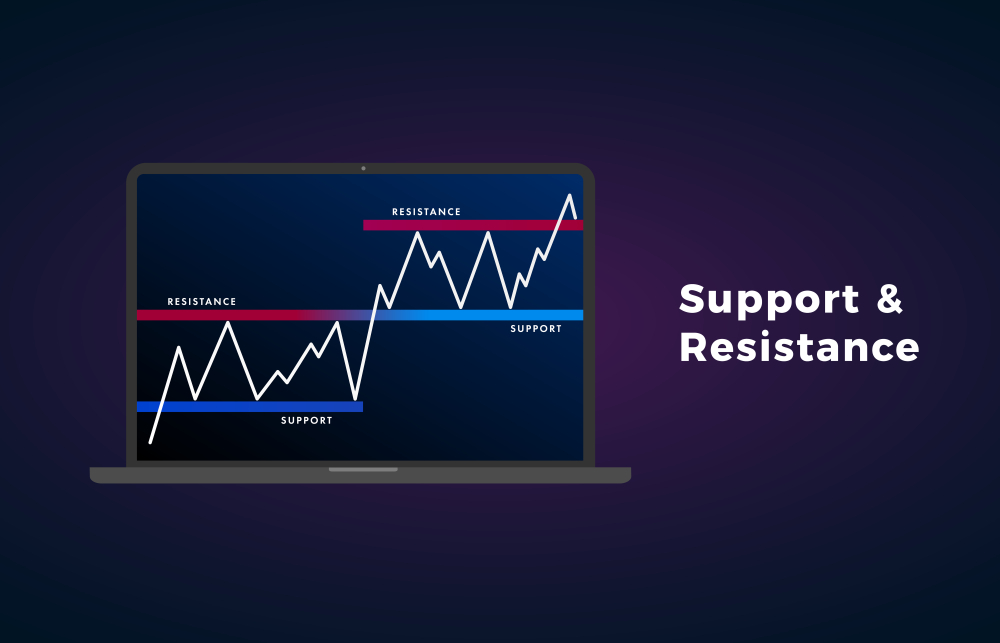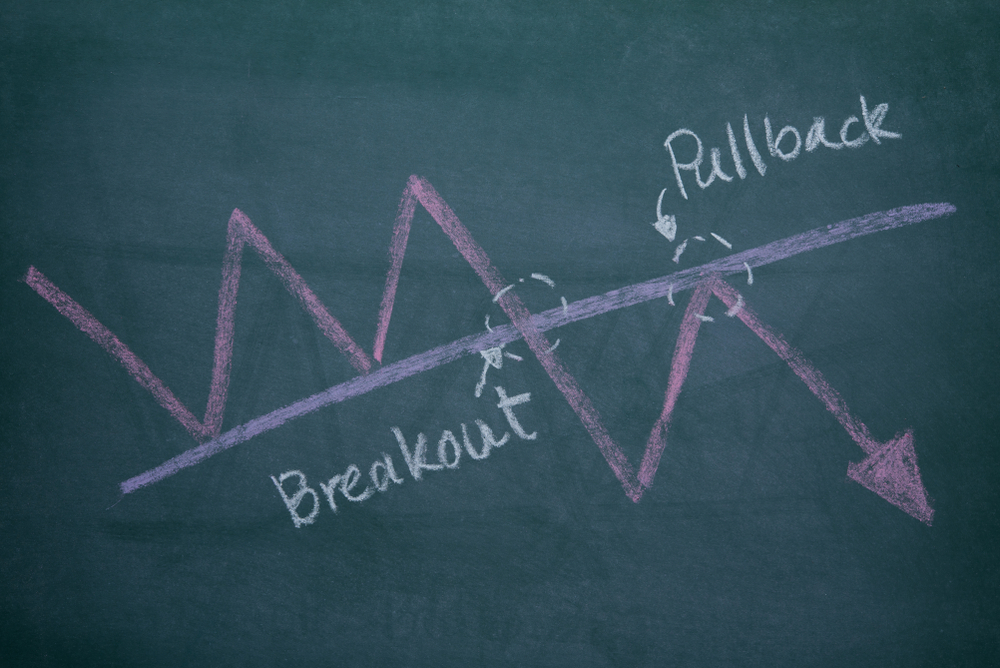
Another way of making a trade in the stock market is through the use of Positional Trading. Here in this blog, we have discussed what is positional trading and some of the strategies used in it.
Positional Trading is long-term trading where the traders invest their capital for a longer time and the short-term price movements can be ignored as they are not of importance to the traders holding their position for a long term.
As this trading is for the long term the traders have the choice to not be active all the time and they don’t have to square off their positions at the end of the trading day.
Positional trading has grown in recent years as it avoids the risks of intraday trading and allows the trader to buy and sell the stock with no specific period in mind. This type of trading depends on the nature of the stock.
The Position traders are known as trend followers and they believe that once a trend starts it is believed that it will go on for some time. These traders identify a trend with a successful entry and exit point. Then they will invest in it and hold until the trend is at its peak. They are the opposite of day traders as they are not active all the time.
When the traders start Position trading, they try to book their profits when the share prices move in a long-term trend. The price of stock changes when there has been a change in the fundamentals or a piece of news hit the market of that company.
These changes create a pattern that helps the trader predict some of the future price movements of the share. The price of the stock doesn’t necessarily start increasing immediately, it may be dormant for a while and then may stay accelerated for a long time.
Positional trading evaluates the price trend and in which direction is it headed. This needs proper research which can be done by applying some strategies. Some of these strategies are:

The support and resistance levels help the investor determine whether the share price is going toward an upward trend or a downward trend.
One can determine these levels through either previous support and resistance levels or through the past prices of the stock. When these levels are determined the trader can decide how long he wants to invest his money.

Another strategy for positional trading is breakout trading. In case when the price of a share moves outside the support and resistance is referred to as a breakout.
It helps the trader to enter into a position in the early stage. This strategy serves as a foundation for trading in large-scale market swings. Before implementing this strategy, the trader should be able to spot the support and resistance level.

The pullback strategy is when there is a slight reversal in the price of the stock for a very short time. The traders try to book profits during this time and then repeat the process.
The main strategy that the trader follows in this is to buy at a low price and then sell it at a higher price before the market dips for a brief moment and then buy again at a lower price.

One another important strategy in positional trading is 50 Day Moving Average measure the price of an asset. If the price is more than its 50-day moving average the stock is in an uptrend while if the price is less than it the stock is in a downtrend.
50 is also a factor to both the 100 and 200 moving averages. When the 50-day moving average crosses the 100 and 200 moving average indicators it signifies the beginning of a long-term trend.
There are many advantages to opting for Positional trading as it is for the long term thus making it less risky than swing trading and intraday trading.
A very detailed fundamental and technical analysis is done before investing in a stock. The trader does not think about the price swings that are for the short term and are not required to get involved continuously.
The main disadvantage of positional trading is that the capital invested is for long as compared to day trading which is short term.
Also, not everyone has the analytical skills which help them give an idea as to what is the upcoming trend in the stock market. This trading is best profitable when the market is in an up-and-down movement rather than a sideways movement.
As we all know that every investment which is made is subject to market risks. One of the risks is that there is low liquidity in the market.
Another major risk in positional trading is that the trend can reverse at any time and if the trader is not watching the stock carefully it may result in a huge loss for the trader. It is also suggested that before starting trading the trader should evaluate their risk profile.
When you enter a market to trade there is always a risk of you losing a part of the capital in some unexpected turn or news which may hit at any time.
Positional trading is for those who don’t have time to watch the stock constantly but can do it on a semi-regular basis.
Not everyone can become a position trader as it requires a detailed fundamental and analytical analysis. Various strategies are applied to get the most accurate assumption on a stock by the trader.
The best time to venture into positional trading is when the trade is in a bull run and all the macroeconomic indicators are pointing toward growth in the share market.
Passive investors just buy any security and keep it for a long time with no active participation whatsoever in the market whereas position traders keep a watch on the security on a semi-regular basis.
Using positional trading a trader can book profits when the stock fluctuates for a short period, but this strategy is not for everyone.
If a trader wants quick money he should opt for intraday trade and if he can afford to have his capital tied up for some time, he can opt for position trading. But keep in mind that intraday trading is a high-risk investment.
